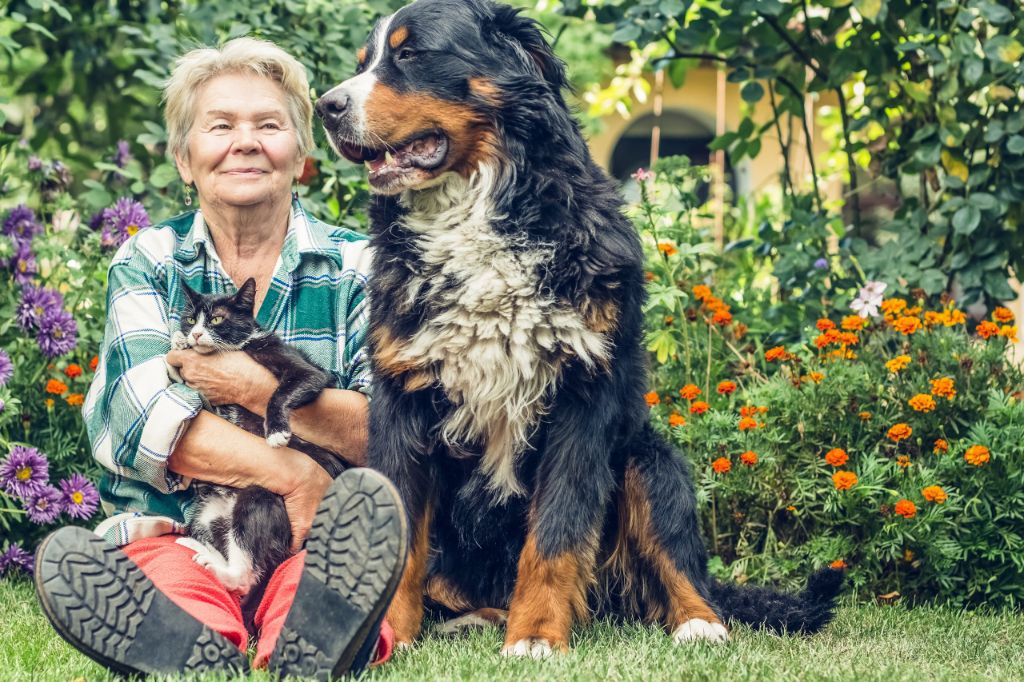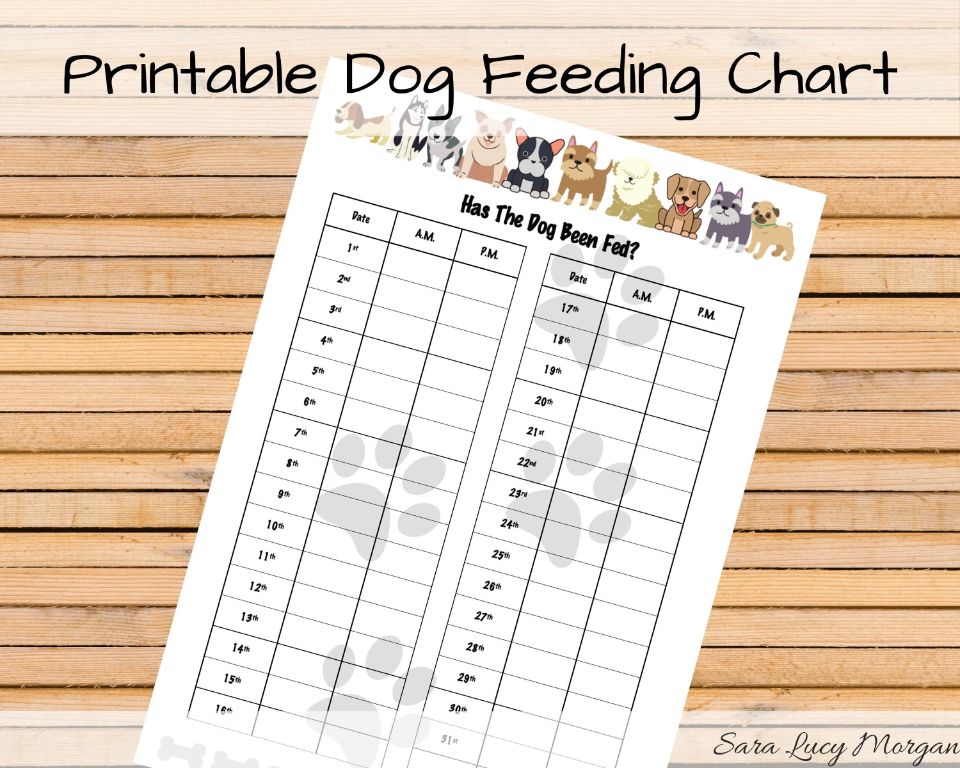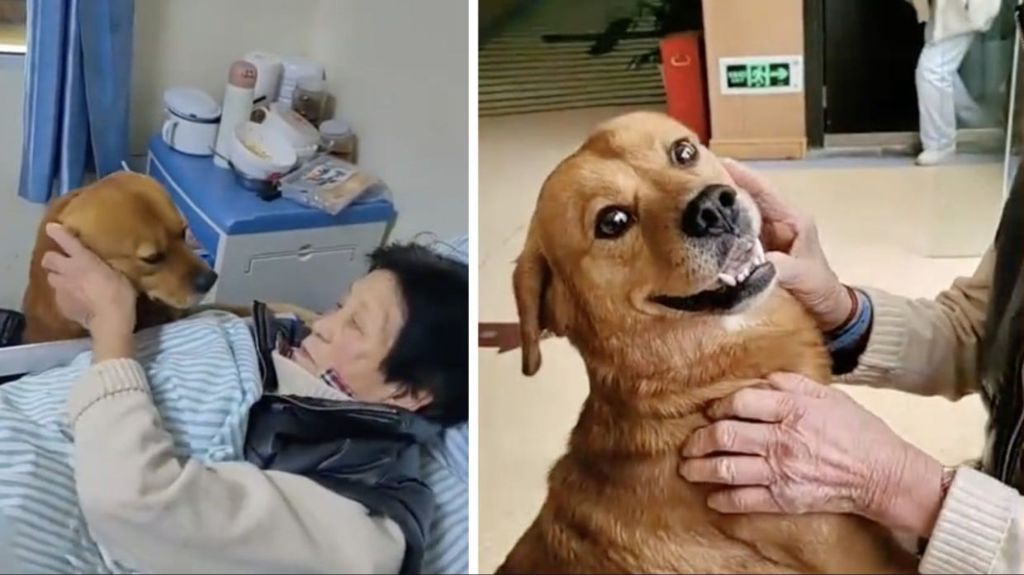Introduction
Planning for your pet’s care in the event of your death is one of the most important things you can do as a pet owner. Over 10 million pets enter shelters each year in the United States, and many of those are pets whose owners have passed away without making arrangements for them. While it may be difficult to think about, taking the time now to put plans in place can give you peace of mind knowing your beloved companion will be cared for if you’re no longer able to care for them yourself.
In this guide, we’ll go over all the steps you should take to ensure your pet is provided for when you pass away. We’ll cover how to choose a new owner or guardian, leave instructions for their care, arrange for financial support, introduce your pet to the new caregiver, find a shelter or rescue as a last resort, and make decisions around euthanasia. Planning ahead can ensure you avoid your pet ending up abandoned or in a shelter. We’ll provide tips to make the process straightforward so you can rest easy knowing your pet will be loved and cared for.
Make Formal Arrangements
Making formal arrangements for your pet in the event of your death is crucial to ensure their continued care. There are a few options to consider:

Pet Trusts: You can set up a pet trust that provides for your pet after you pass away. This legal arrangement appoints a caregiver and allots funds for your pet’s expenses. The trust should include details like the type of food your pet eats, medications, veterinarian information, etc. Pet trusts require setting up a trustee to manage the funds and formal legal work.
Pet Wills: Adding a pet care provision to your will is another option. This legally binding document can name a caregiver and leave money for pet expenses. However, unlike a trust, there are no funds set aside so your pet guardian must wait until your estate is settled before having access to financial support.
Power of Attorney: If you become incapacitated but are still alive, pet power of attorney grants someone the legal authority to care for your pet while you cannot. Make sure you give someone you trust this important role.
Work with an attorney to set up formal arrangements that follow laws in your state. Be as detailed as possible so your wishes are carried out. Review documents annually or when changes occur.
Choose a Pet Guardian
Choosing the right pet guardian is one of the most important decisions you can make to ensure your pet is well cared for if you pass away. Here are some tips for selecting the best guardian:
Look for someone you trust who loves your pet and has experience caring for animals. Consider friends, family members, neighbors, or your veterinarian. Choose someone reliable who lives nearby so they can easily take in your pet [1].
Decide if you want to make formal or informal arrangements. Naming someone in your will as the legal guardian is formal. Informally asking someone if they will take your pet is not legally binding [2].
Have a backup option in case your first choice cannot take your pet for any reason. You could name a shelter as a last resort, but a shelter may not be able to keep your pet long term.
Leave Instructions
It’s important to leave detailed instructions for whoever will be caring for your pet after you pass away. This includes information on your pet’s daily care, medical needs, feeding, and personality traits like their likes and dislikes.
For daily care, outline your pet’s typical routine including when they eat meals, go for walks, receive medication, or have any regularly scheduled activities. Be as specific as possible about exact times and portions for feeding. List any dietary restrictions or preferences.1

Provide medical and veterinary information like your vet’s contact info, any chronic conditions, medications, allergies, or recent procedures. Share vet records and insurance information if applicable. List any regular grooming or healthcare needs.
Finally, share your pet’s personality quirks – what toys or activities they love, any fears or anxieties, favorite places to sleep, etc. This will help the caregiver provide a smooth transition.2 The more details you can provide, the better the caregiver will be able to follow your wishes and keep your pet happy.
Financial Support
Making arrangements to financially provide for your pet’s care after you pass away is crucial. There are several options to consider:
Paying for pet expenses – Estimate your pet’s annual expenses including food, medical care, grooming, boarding, etc. and leave a lump sum to cover these costs. You can leave cash or designate assets in your will. Name a trustee to manage the funds and make payments.
Pet trust funds – Set up a pet trust fund and name a trustee to administer it. The trustee makes payments to your chosen caregiver for your pet’s expenses. Pet trusts provide detailed instructions for your pet’s care and allow funds to be used only for your pet 1.
Insurance – Purchase pet insurance to cover medical costs and ensure it remains paid up after you’re gone. Some policies have living benefits that pay out if the policyholder dies or goes into hospice care.
Make Introductions
Introducing your chosen guardian to your pet while you are still alive can make the transition smoother when the time comes. As the ASPCA notes, “Pets often form attachments to their human companions and can suffer anxiety or depression when separated from them” (Source). Making introductions ahead of time allows your pet to become familiar with the new guardian, which can reduce stress.
Here are some tips for successful introductions between your pet and guardian:
- Start with short, supervised visits at your home so your pet remains in a familiar environment.
- Gradually increase visit duration and allow the guardian to interact by feeding, grooming, or playing with your pet.
- Consider weekend sleepovers at the guardian’s home so your pet gets comfortable with the new environment.
- Take your pet on walks together so they associate the guardian with exercise and fun.
- Leave the guardian alone with your pet for short periods to simulate the eventual transition.
- Allow the guardian to be present during vet visits so they become established as an authoritative caregiver.
With proper planning and introductions over time, you can ensure a smooth transition when the guardian eventually assumes full responsibility for your beloved pet.
Find a Shelter
If you don’t have a predetermined guardian or adoption plan for your pet, bringing them to an animal shelter is an option. However, you’ll want to find a no-kill shelter to ensure your pet finds a new home rather than being euthanized.
Do thorough research to find no-kill shelters and rescues in your area that take in pets without a guardian. Organizations like The Pet Cottage specifically provide guardianship for pets that have lost their humans. Look for shelters with a rigorous screening process to find the best possible new home for your pet.
Fostering through a rescue organization is another possibility. This allows your pet to temporarily stay with a foster family while the rescue seeks adoption placement. Make sure you understand the rescue’s policies, success rate, and screening process if considering this option.
Euthanasia
Euthanasia may be the kindest option if the dog is very old, chronically ill or in pain. The decision to euthanize should focus on quality of life and aim to alleviate suffering. Making this difficult decision involves determining if the dog has a terminal illness or untreatable condition that is negatively impacting their well-being.
Pet owners should consider consulting with their veterinarian and carefully evaluating factors like the dog’s health, mobility, appetite and happiness. According to veterinarians, signs it may be time include uncontrolled pain, inability to move freely, incontinence, no joy in life and not eating or drinking enough (Source).

Being present during euthanasia can provide comfort to the dog and closure for the owner. Many veterinarians allow owners to hold their pet during the process. It is an emotionally difficult decision, but one made out of compassion and care.
Grieving Process
When a dog loses an owner they love, they go through normal stages of grief like humans do. According to the AKC, dogs may show symptoms like lethargy, loss of appetite, searching the house for their owner, increased clinginess, and behavioral changes [1]. The intensity and duration of grief varies between dogs based on factors like their temperament, bond with the owner, and speed of change in routine after the loss.

The most important things you can do to help a grieving dog adjust are maintain normal routines, give them plenty of affection and attention, keep walks and playtime consistent, and make gradual changes [2]. Providing familiar toys, bedding with the owner’s scent, and access to favorite places in the home can also bring comfort. With time and stability, most dogs will adjust to the loss. However, if symptoms persist more than a couple weeks or seem extreme, consult with a vet.
Conclusion
Making plans for your pet in the event of your passing is an important part of being a responsible pet owner. This article has covered several options to ensure your dog is properly cared for if you die:
– Formally choose a pet guardian and leave instructions for their care
– Set aside finances to support your dog’s needs
– Introduce your pet to the designated caregiver
– Research no-kill shelters that could take your dog if other arrangements fall through
– Consider euthanasia if your dog has serious health issues
– Understand the grieving process your pet will go through
For more information on estate planning for pets, consult an attorney that specializes in pet trusts. Reach out to your local animal shelters for advice on choosing guardians and preparing instructions. Most importantly, formally document your wishes so your pet is cared for in the event of your passing.
Planning for a pet after you die is a solemn but essential process. With thoughtful preparation, you can ensure your furry friend enjoys a comfortable life even when you are gone.
